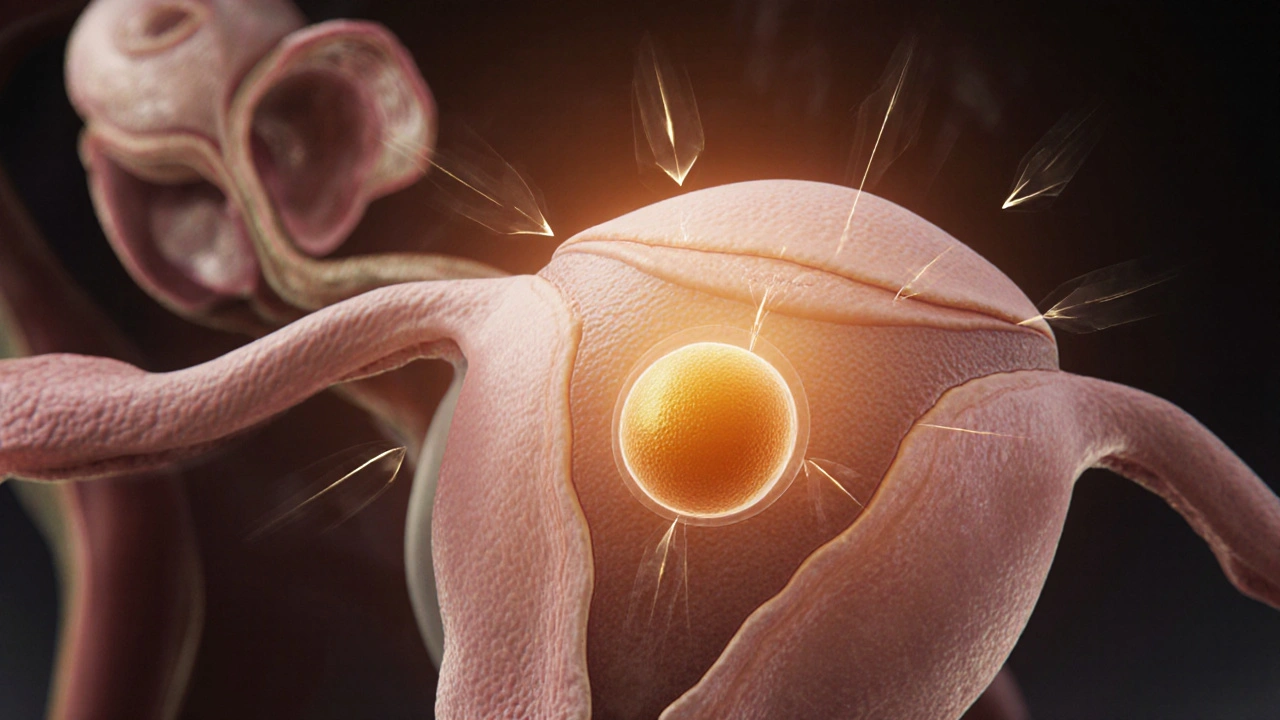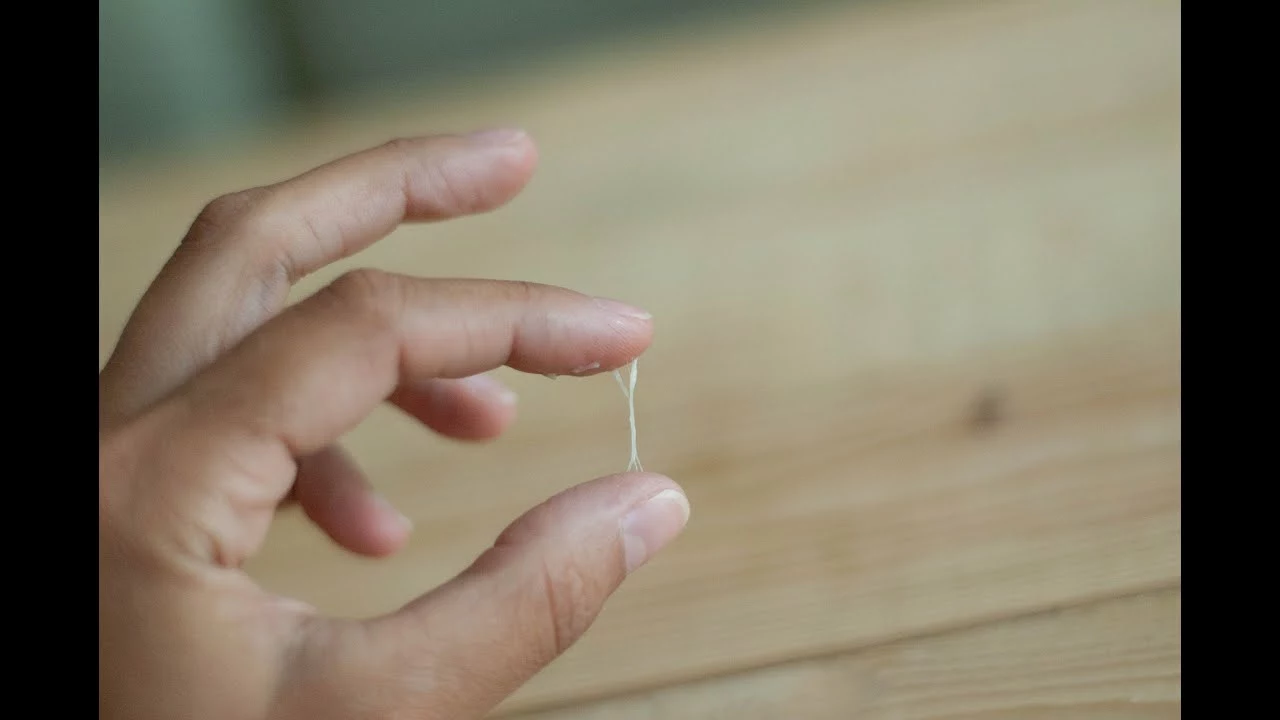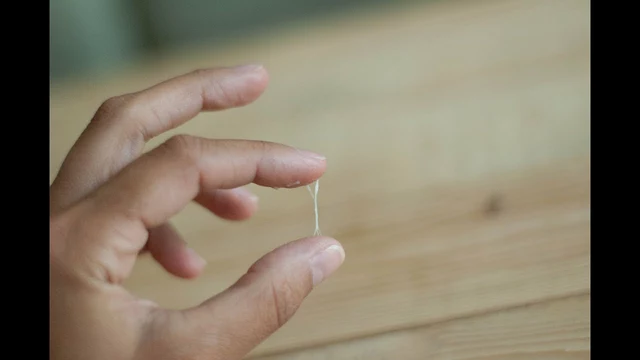Ovulation: what it is and why it matters
Want to know the one-day window that makes pregnancy far more likely? Ovulation is when an ovary releases an egg. That egg lives about 12–24 hours, but sperm can survive up to 5 days. That means your "fertile window" is roughly the five days before ovulation plus the day of ovulation. Knowing when that happens puts you in control.
Quick ways to spot ovulation
Look for simple, reliable signs. Cervical mucus becomes clear and stretchy (egg-white consistency) right around ovulation. Your basal body temperature (BBT) rises slightly after ovulation—take your temp every morning before getting up and watch for that shift. Ovulation predictor kits (OPKs) detect the LH surge that happens 12–36 hours before ovulation; test once a day or twice daily when your calendar predicts the window. Some people feel a one-sided twinge (mittelschmerz) or notice a short spike in libido—useful clues when combined with other methods.
Use more than one method. An OPK plus tracking mucus or BBT gives a clearer picture than any single sign. Apps can help log patterns, but don’t trust an app alone if your cycles vary a lot.
What to do if you want to get pregnant—or avoid pregnancy
If you're trying to conceive, have intercourse every 24–48 hours during the fertile window. Aim for the two days before ovulation and the day of ovulation—that’s when chances are highest. Keep things relaxed: frequent sex doesn’t lower sperm quality for most couples. If you’re avoiding pregnancy, remember ovulation can shift; condoms or hormonal birth control are more reliable than guessing days.
Small lifestyle moves help: manage stress, keep a healthy weight, cut heavy alcohol and smoking, and check medications with your doctor (some drugs affect ovulation). If you’ve been trying for a year with no success—or six months if you’re over 35—talk to a clinician about fertility testing. If your cycles are very irregular or you never see ovulation signs, ask for tests like blood hormone checks or a follicle ultrasound.
Some people need medical help to ovulate. Doctors can prescribe medications such as clomiphene or letrozole, or suggest procedures depending on the issue. Always discuss options and risks with a provider before starting treatment.
Want practical next steps? Start tracking one clear sign today—mucus, BBT, or an OPK—and keep a simple log for a few cycles. If patterns show up, you’ll know your fertile window. If not, make an appointment and bring your notes; clear data speeds up useful advice.
For more clear how-tos and real-world tips about fertility, ovulation tests, and medications, check related guides on PrescriptionPoint.SU — straightforward info to help you make smart choices.

Learn how the menstrual cycle phases control ovulation and period regulation, with clear explanations, practical tracking tips, and a handy summary table.
Continue Reading

As a woman, understanding our bodies is essential, and one key aspect to consider is the relationship between ovulation and cervical mucus. I've recently discovered that by tracking the changes in cervical mucus, we can actually determine when we're most fertile. So, let's pay attention to the texture and consistency of our cervical mucus, as it can give us valuable insights into our ovulation cycle. By doing so, we can improve our chances of conceiving or avoid unintended pregnancies. Remember, knowledge is power, so let's keep learning and understanding our bodies better!
Continue Reading





